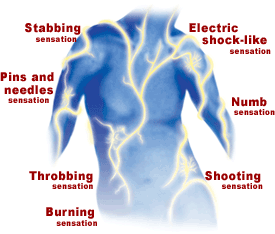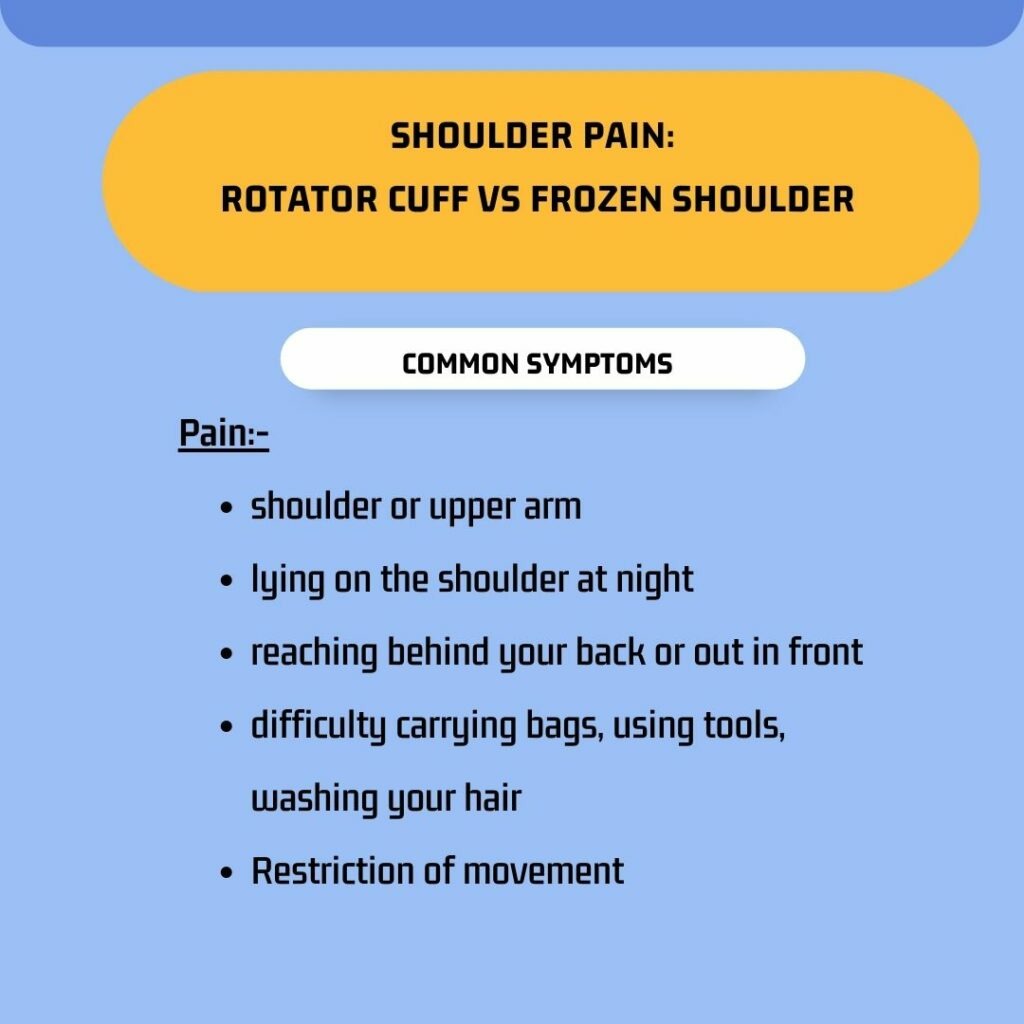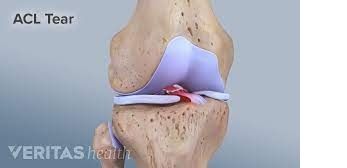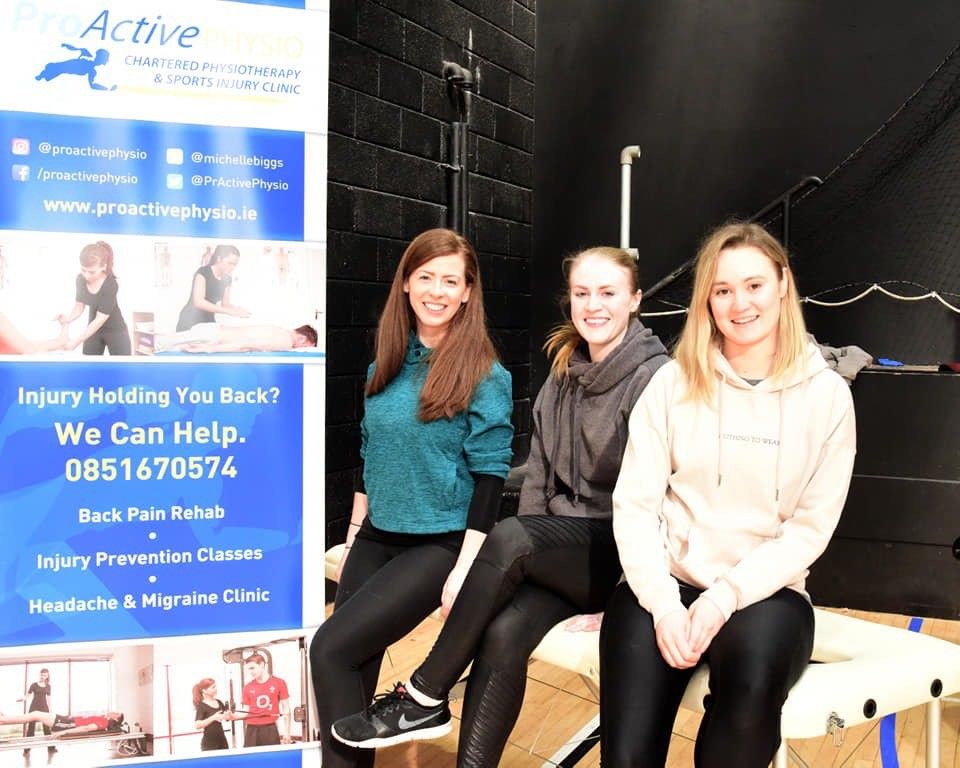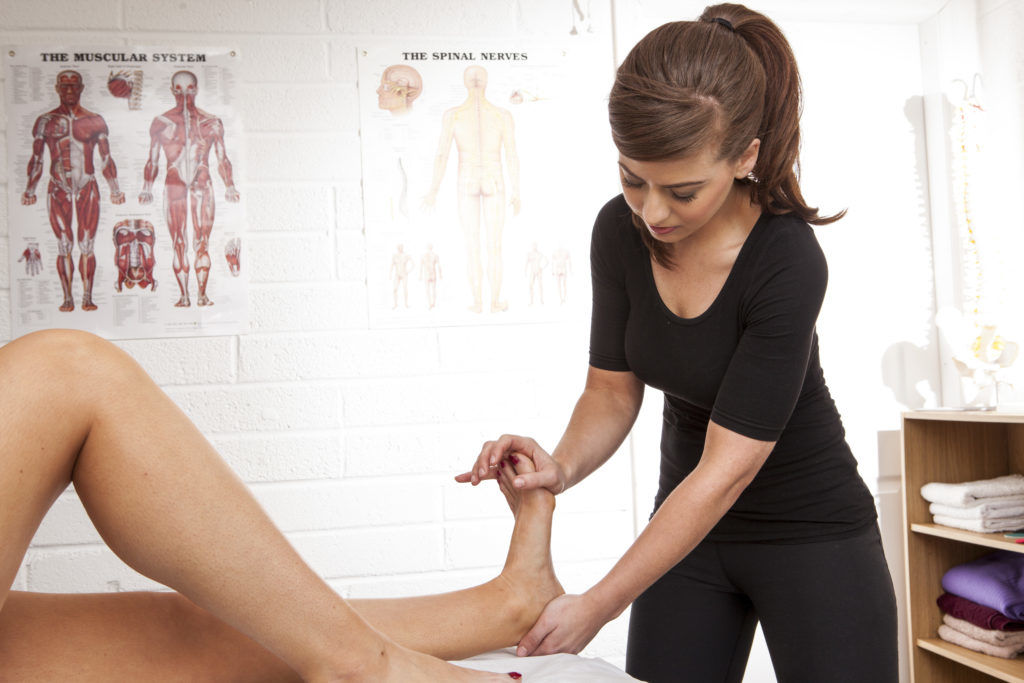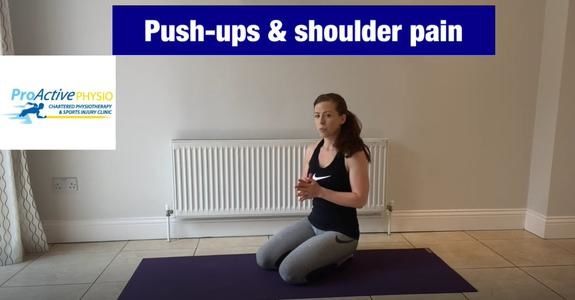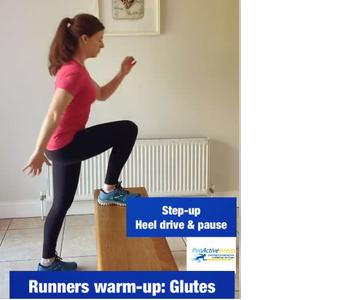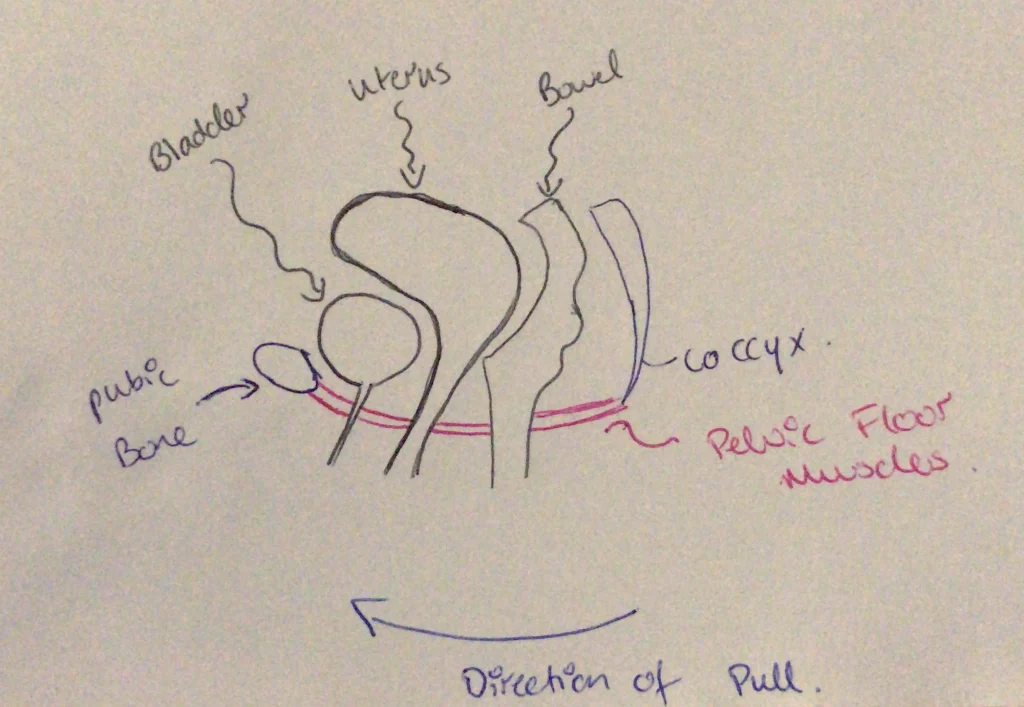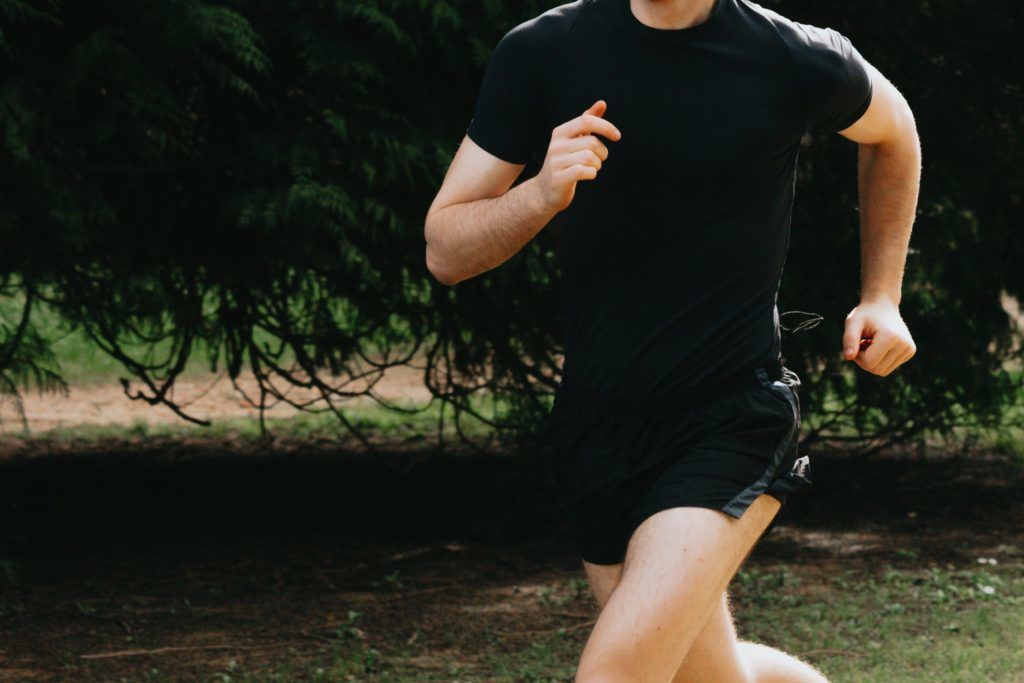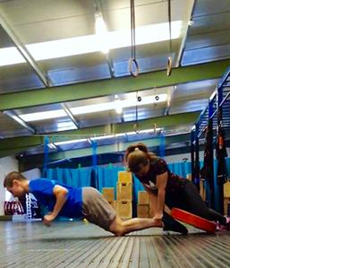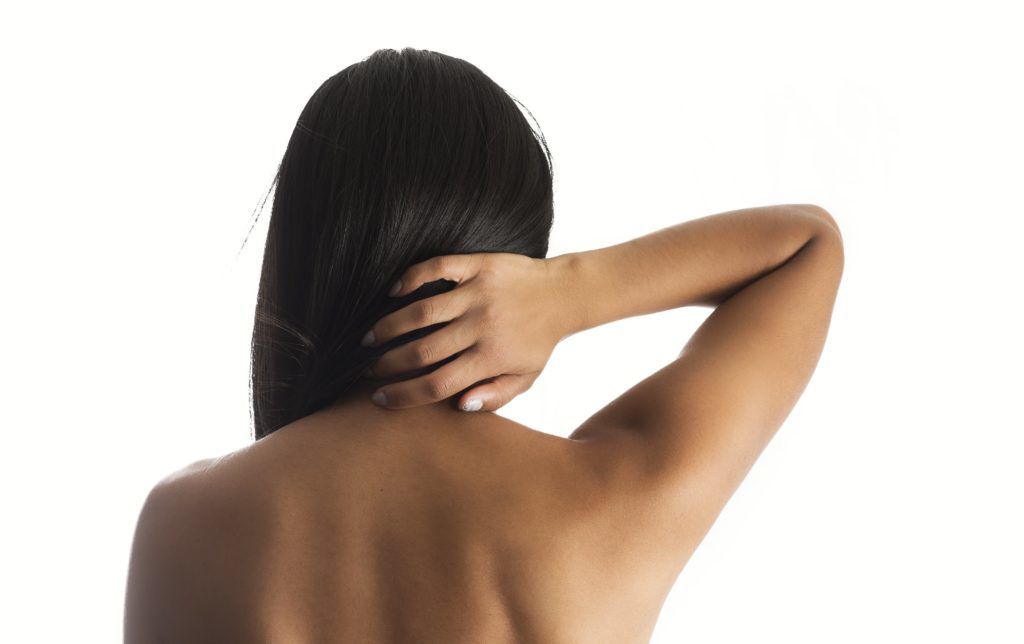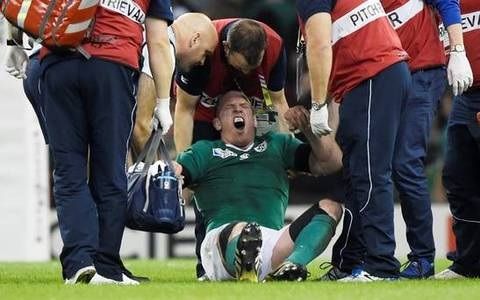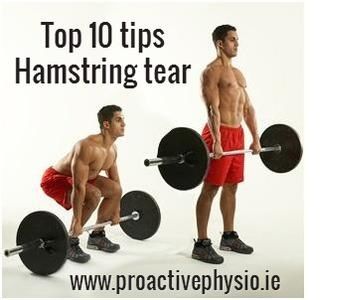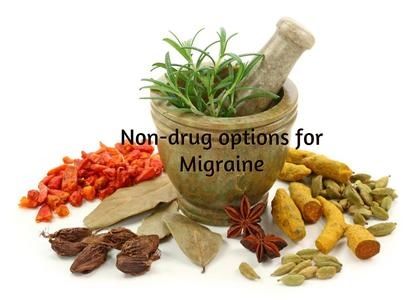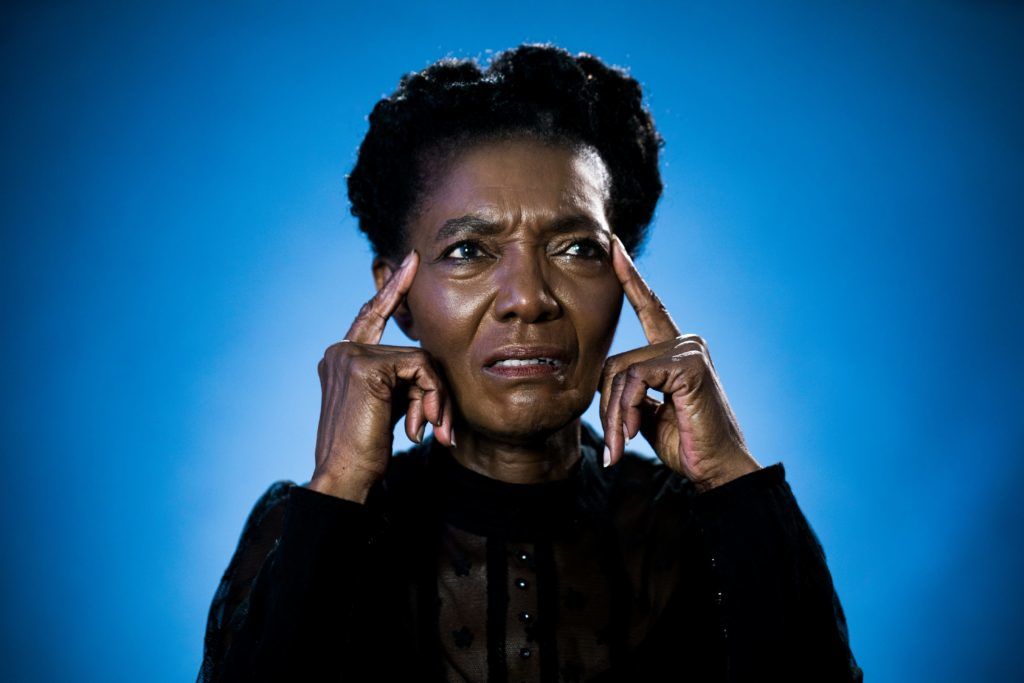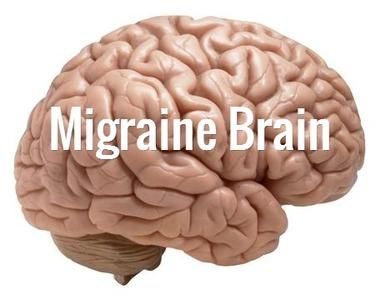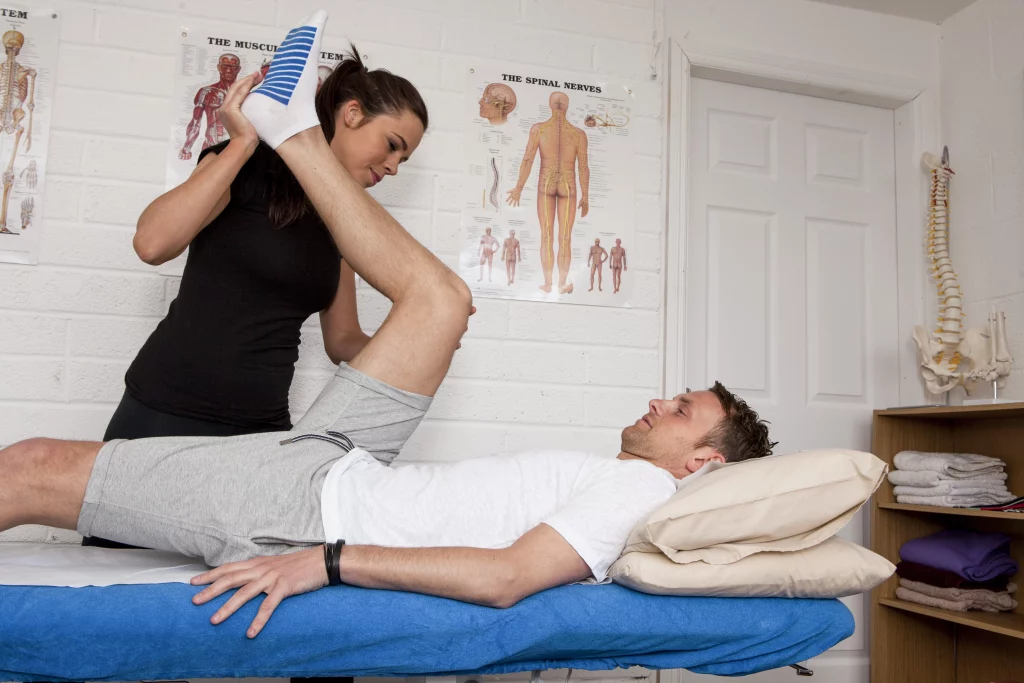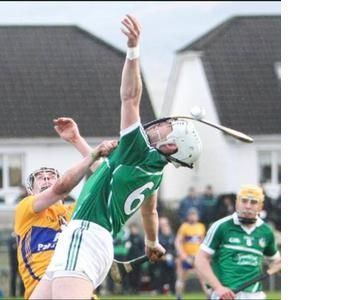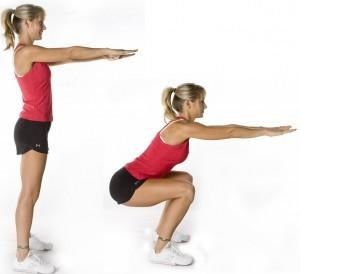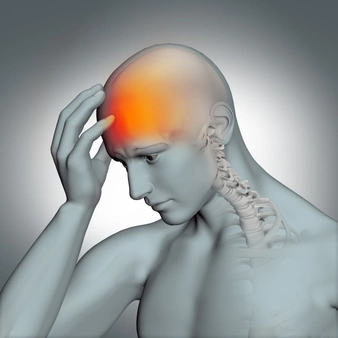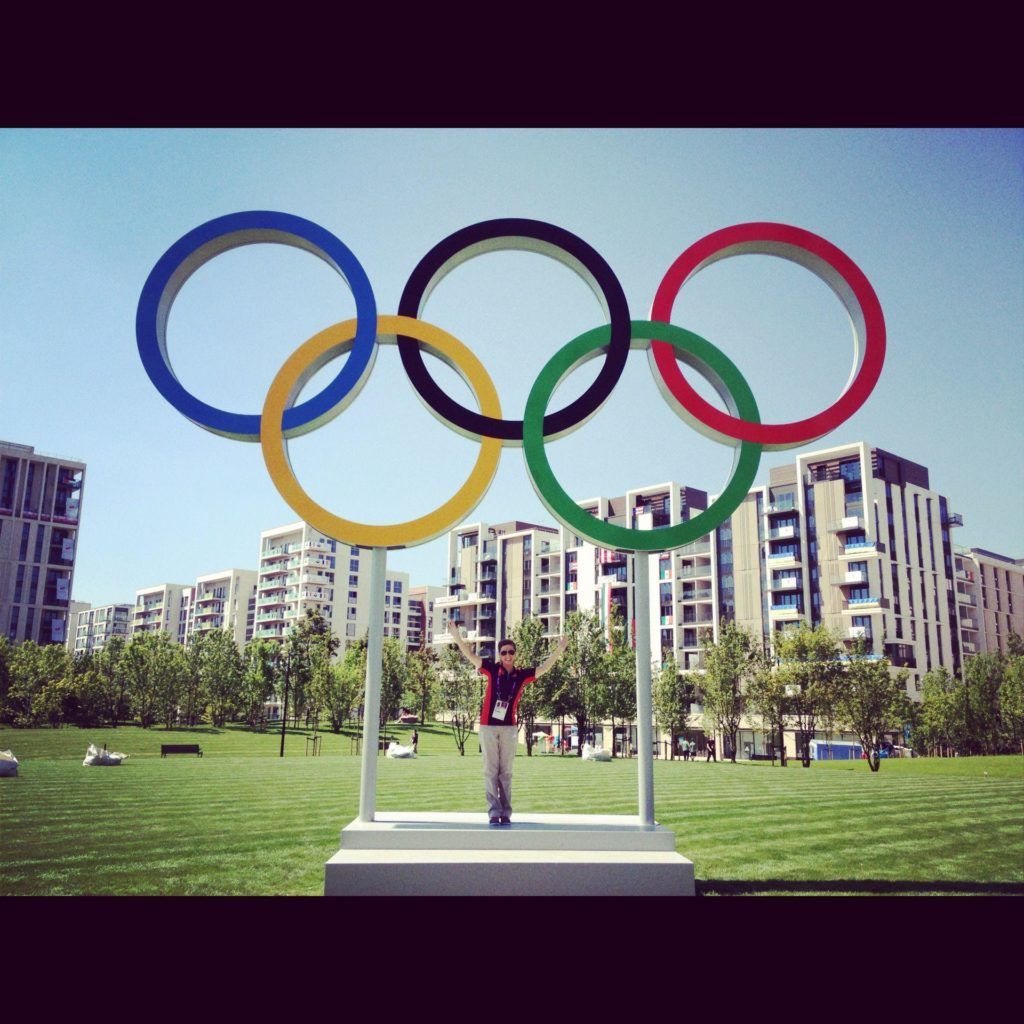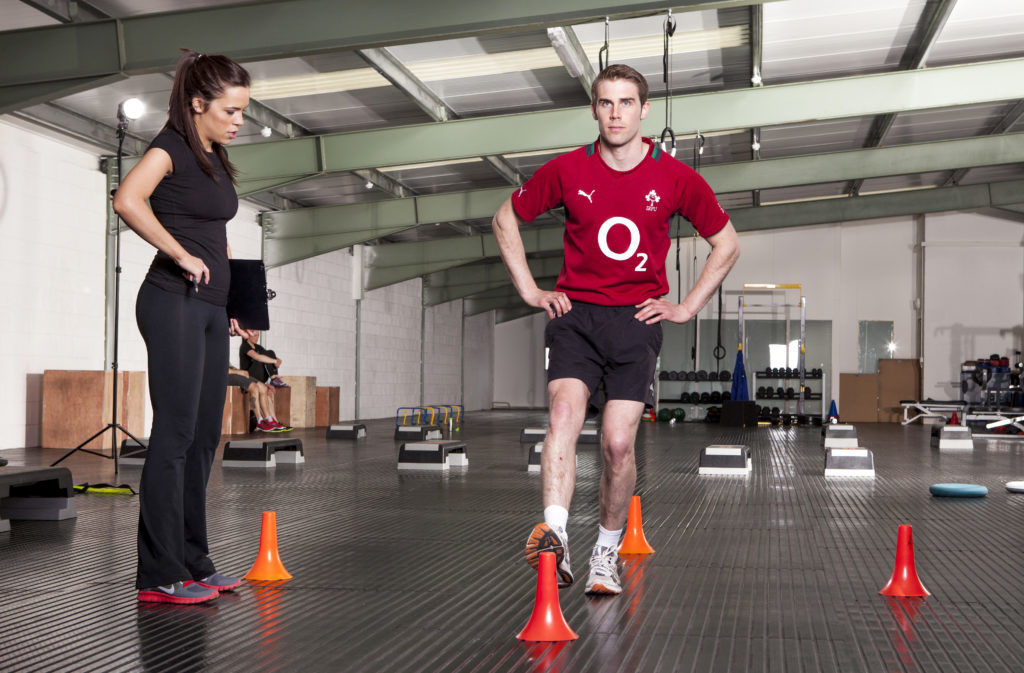Nerve pain feels like pins and needles, shooting pain, stabbing/throbbing pain, burning, numbness, deep aching, or a tingling-like sensation. Mild symptoms of nerve pain may be due to inflammation of the nerve and its surrounding nerve fibres. More severe symptoms can potentially be due to compression of the nerve and may often give more obvious symptoms such as weakness.
When nerves in the neck are irritated, this can refer pain down into one or both arms. This can involve nerves such as median, ulnar or radial nerves.
This video demonstrates some simple exercises to mobilise these nerves as they move from the neck down into the arm.
Recovery time varies everyone’s experience of nerve pain is different. Nerves tend to take longer to recover than muscles or ligaments, and sometimes even longer than bony healing. Full recovery is possible however, the length of time to recovery can be between 3 – 18 months.
Physio helps to reduce pain and restore movement to the affected areas. This can be achieved through a number of different treatment approaches outlined below;
Hands-on Spinal Mobilisations:
This treatment involves manual mobilisation of the spinal joints to help achieve better mobility of the nervous tissue. This involves the release of restrictive muscles and joints that are causing pressure on the nerves and limiting movement. This kind of treatment often can have a desensitising effect on local neural tissue to help calm patients’ symptoms.
Exercise for muscles/joints:
Physio for nerve pain is often best treated with controlled and targeted exercises that strengthen and optimise muscle function. It is best to speak to your physio about an appropriate exercise program that aims to focus on the affected areas and how best to manage them.
Stretching:
Along with exercise, stretching should be part of your treatment. Stretching after exercises is important to relieve any muscle tension and allows for greater ranges in your joints.
Massage/Soft Tissue Release:
Applying targeted pressure to soft tissue and muscle, and combining them with various massage techniques can be effective in alleviating symptoms while also allowing increased flexibility and mobility
Dry needling:
This treatment approach involves inserting a needle into the relevant muscle tissue. This can help reduce muscle tension and restore normal muscle function and range of motion.
Education:
This aims to help educate patients and their condition, why it most likely has occurred, their estimated recovery timeframe as well as what needs to be done to help treat the problem. The patient will also be educated on what to continue to do once all pain has settled to prevent any recurrence.
This article was written by our Chartered Physio Darren Flannery. To book an appointment with Darren click here.

